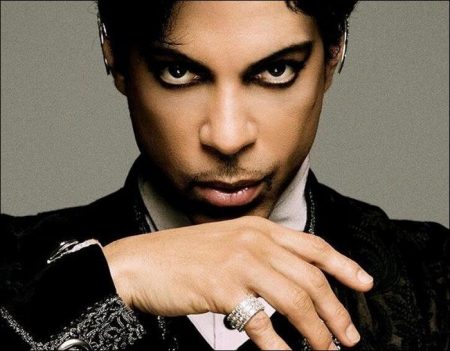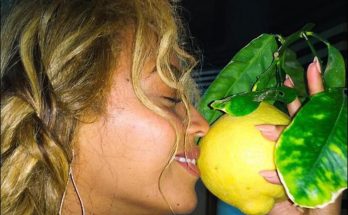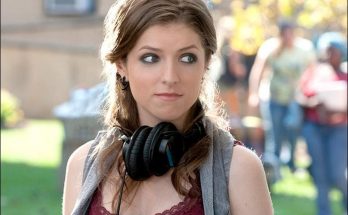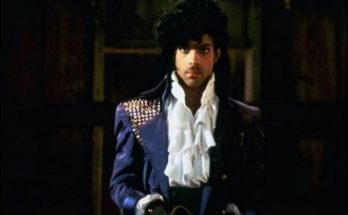Understanding Prince’s legacy on gender and sexuality.
She said, “Are you gay?”
Kinda took me by surprise, I didn’t know what to do,
I just looked her in her eyes and I said, “No, are you?”
Prince, “Uptown,” 1980
October 31, 2011. I had exhausted my wardrobe options by masquerading as a skeleton and as a bird of prey on the two nights previous. But as was tradition among graduate students in college towns across the country, Halloween meant a week of elaborate parties and requisite disguises on a shoestring budget.
I rifled through my closet. Always a vibrant dresser, my eyes tried to make costumes of the patterns and textures hanging before me. They stopped on an eggplant-colored velvet smoking jacket my mother gave me. Then on a white, ruffle-collared blouse and a leopard-print handbag. “This will work,” I remember thinking, as I drew a mustache and goatee on my face with waxy black eyeliner.
It was my first time in drag. I am still surprised by the power I felt channeling Prince’s brand of androgyny as I walked through my conservative Missouri city to meet friends at a neighborhood watering hole.
Fast-forward to present day. I haven’t been to a proper costume party in years.
I am now a PhD candidate in mass communication at the University of Minnesota, Twin Cities, where I research media’s interactions with gender and sexuality. My studies of straight-identified people who use social media to hook up with same-sex partners have been featured in the Journal of Communication Inquiry, the Huffington Post, and Cosmopolitan magazine, among other outlets.
As a Minneapolitan, and as someone who is finely attuned to the complicated relationships between behavior and identity, I was surprised to see so much posthumous media attention focused on Prince’s renunciation of same-sex marriage since 2008.
“Raunchy Prince was actually a conservative Christian who opposed gay marriage,” read one headline published Friday in the Washington Post.
“Prince’s alleged anti-gay stance is baffling, for good reason,” asserted the online women’s magazine Bustle.
But were Prince’s worldviews actually baffling, or are critics trying to stir up trouble?
I’ll try to untangle these tensions as a scholar of media, gender, and sexuality.
Here’s what I teach my students in diversity and mass communication: If people self-identify as something, we should take their words for it. If people don’t want to self-identify as something, we shouldn’t force it on them. But mainstream thought posits: “If a man dresses like a woman, doesn’t that make him queer? If a man has sex with other men, doesn’t that make him gay?”
Not necessarily.
Prince tried to help us understand the differences between identity (how we think of ourselves), behavior (what we do), and perception (how others think of us). Prince dismantled and queered what contemporary culture has tried to bracket.
For those of you who are too young to remember, or for those of you who are old enough to forget: Perhaps the apparent controversy demands a peruse through the archives.
Visits: 83



